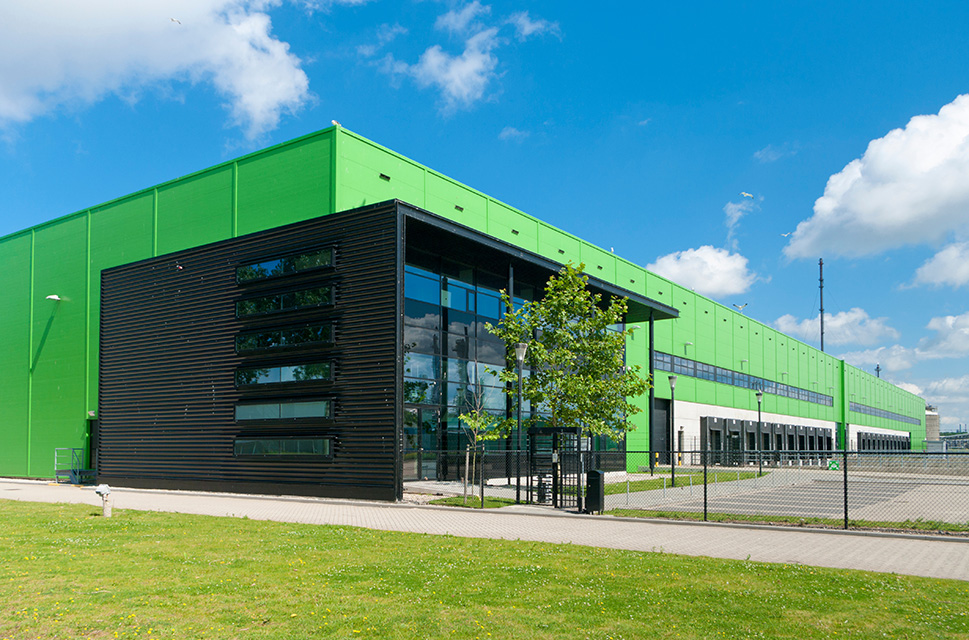Introduction
Sustainability has become a critical focus across all sectors of the economy, and industrial real estate is no exception. As environmental concerns mount, both developers and tenants are increasingly prioritizing green building practices. This shift not only addresses ecological impacts but also improves operational efficiency and can significantly enhance property values.
Key Sustainable Practices
Modern industrial buildings are increasingly incorporating sustainable technologies. Some of the most impactful include:
- Solar Panels: These are becoming commonplace on warehouse roofs, providing a significant portion of a facility’s energy needs and reducing reliance on traditional power grids.
- Green Roofing: Installing plant-based or green roofs can help manage stormwater, reduce heat absorption, and improve insulation.
- Energy-Efficient Lighting and HVAC Systems: LED lighting and smart HVAC systems drastically reduce energy consumption and improve the internal environment.
Benefits of Sustainable Development
Sustainable practices in industrial real estate yield multiple benefits:
- Cost Savings: Reduced utility costs from energy-efficient installations quickly offset initial investments.
- Tenant Attraction: Businesses seeking to enhance their own sustainability profiles are drawn to green buildings.
- Regulatory Compliance: As governments impose stricter regulations on energy use and environmental impact, sustainable properties are better positioned to comply without costly retrofits.
Case Studies
- Prologis Facility in Los Angeles: This distribution center features a fully solar-powered roof, LED lighting throughout, and drought-resistant landscaping, setting a benchmark in sustainable industrial design.
- IKEA Distribution Center in Germany: Utilizing geothermal energy and rainwater harvesting, this facility highlights IKEA’s commitment to sustainability at a large scale.
Future Directions
The industrial real estate sector is likely to see increased integration of innovative green technologies. Looking ahead, advancements in materials science could lead to more widespread use of recycled materials in construction. Furthermore, the adoption of smart building technologies that optimize energy use in real-time is on the horizon.
Conclusion
The green revolution in industrial real estate is not just a response to environmental challenges; it’s a forward-thinking business strategy that aligns economic benefits with ecological responsibility. By investing in sustainable development, the industrial sector can ensure it is part of the solution to today’s environmental challenges, rather than a contributor to the problem.

